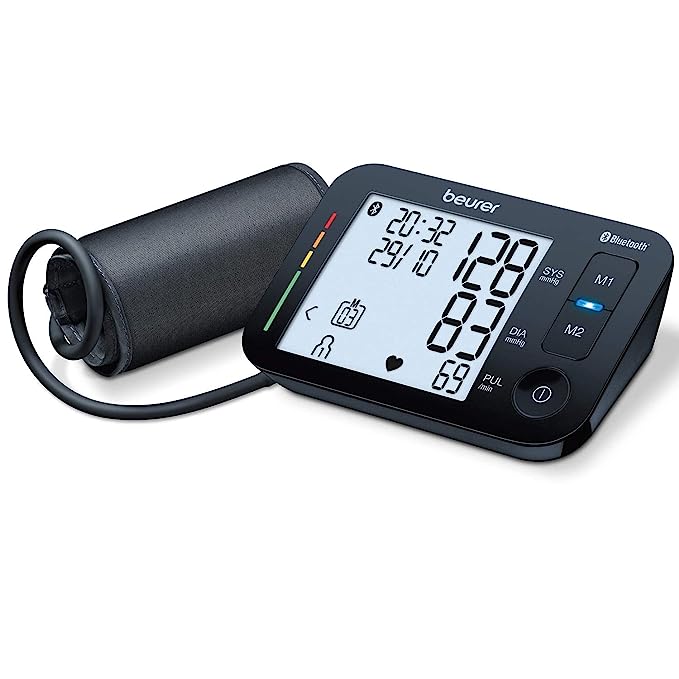Introduction:
Blood pressure, often referred to as the silent conductor of health, plays a crucial role in maintaining the delicate balance of the human body. In this exploration of blood pressure, we unravel the intricacies of this vital sign, examining its significance, measurement, factors influencing it, and the implications of maintaining a healthy blood pressure.
The Basics of Blood Pressure:
Blood pressure is the force exerted by circulating blood against the walls of blood vessels. It is typically measured in millimeters of mercury (mmHg) and expressed as two values – systolic and diastolic. The systolic pressure represents the force when the heart contracts, pumping blood into the arteries, while the diastolic pressure reflects the force when the heart relaxes between beats.
Understanding the Numbers:
A standard blood pressure reading is conveyed as systolic over diastolic, with a normal range of around 120/80 mmHg. Readings are categorized into different ranges, ranging from normal to hypertensive crisis. Monitoring blood pressure is crucial as persistent high or low readings can indicate underlying health issues, potentially leading to complications such as heart disease, stroke, or organ damage.
Factors Influencing Blood Pressure:
Several factors can influence blood pressure, including lifestyle choices, genetics, age, gender, and existing health conditions. Diet, physical activity, stress levels, and smoking habits all play roles in determining blood pressure levels. Awareness of these factors empowers individuals to make informed choices that contribute to maintaining optimal blood pressure.
The Importance of Regular Monitoring:
Regular blood pressure monitoring is essential for detecting abnormalities early on. Home blood pressure monitors have become increasingly accessible, allowing individuals to track their readings and share them with healthcare professionals. This proactive approach enables timely intervention, preventing the escalation of potential health risks associated with uncontrolled blood pressure.
Maintaining a Healthy Blood Pressure:
Lifestyle modifications form the cornerstone of blood pressure management. A balanced diet rich in fruits, vegetables, and whole grains, regular exercise, stress reduction techniques, limited alcohol consumption, and tobacco cessation contribute significantly to maintaining a healthy blood pressure. Medications may be prescribed when lifestyle changes alone are insufficient.
Blood Pressure Across the Lifespan:
Blood pressure requirements vary across different stages of life. Pediatric blood pressure norms differ from those in adults, and recognizing these variations is crucial for early detection and intervention in potential health issues. Regular check-ups and monitoring ensure that blood pressure management aligns with individual health needs.
Conclusion:
In the intricate orchestration of bodily functions, blood pressure emerges as a vital rhythm that demands our attention. By understanding the nuances of blood pressure, embracing healthy lifestyle choices, and prioritizing regular monitoring, individuals can take charge of their cardiovascular health. With awareness and informed decision-making, we pave the way towards a harmonious balance that allows our bodies to thrive.

